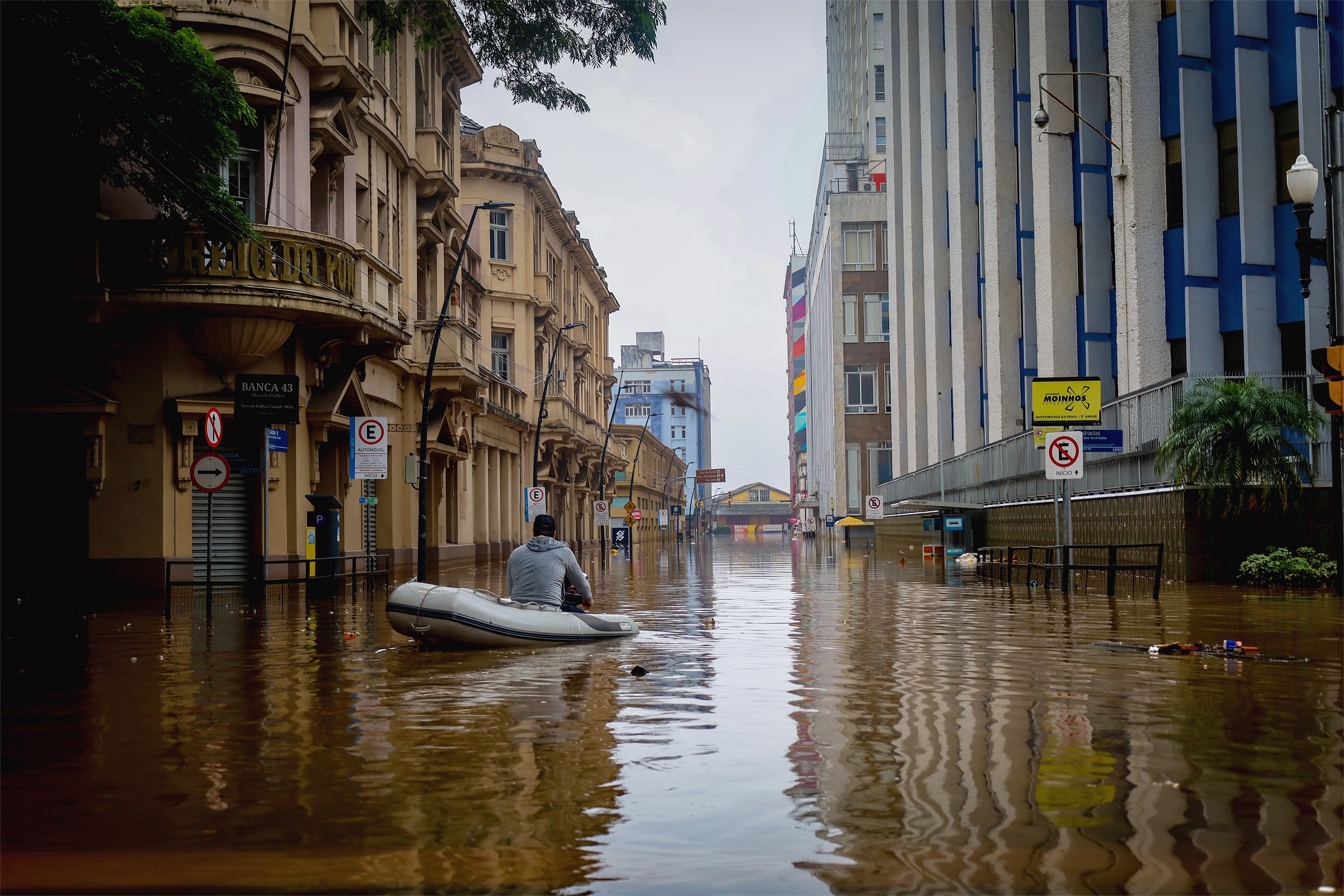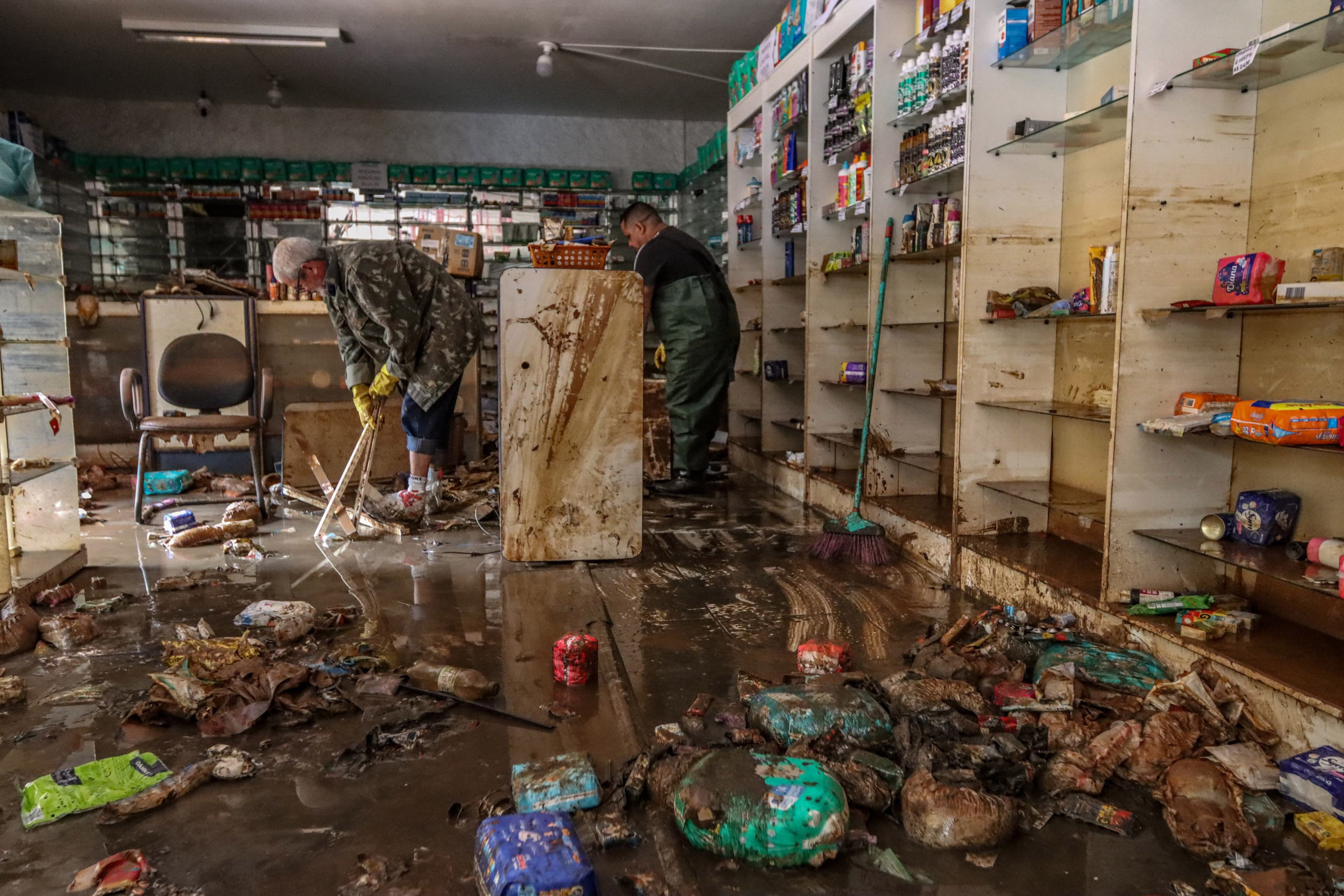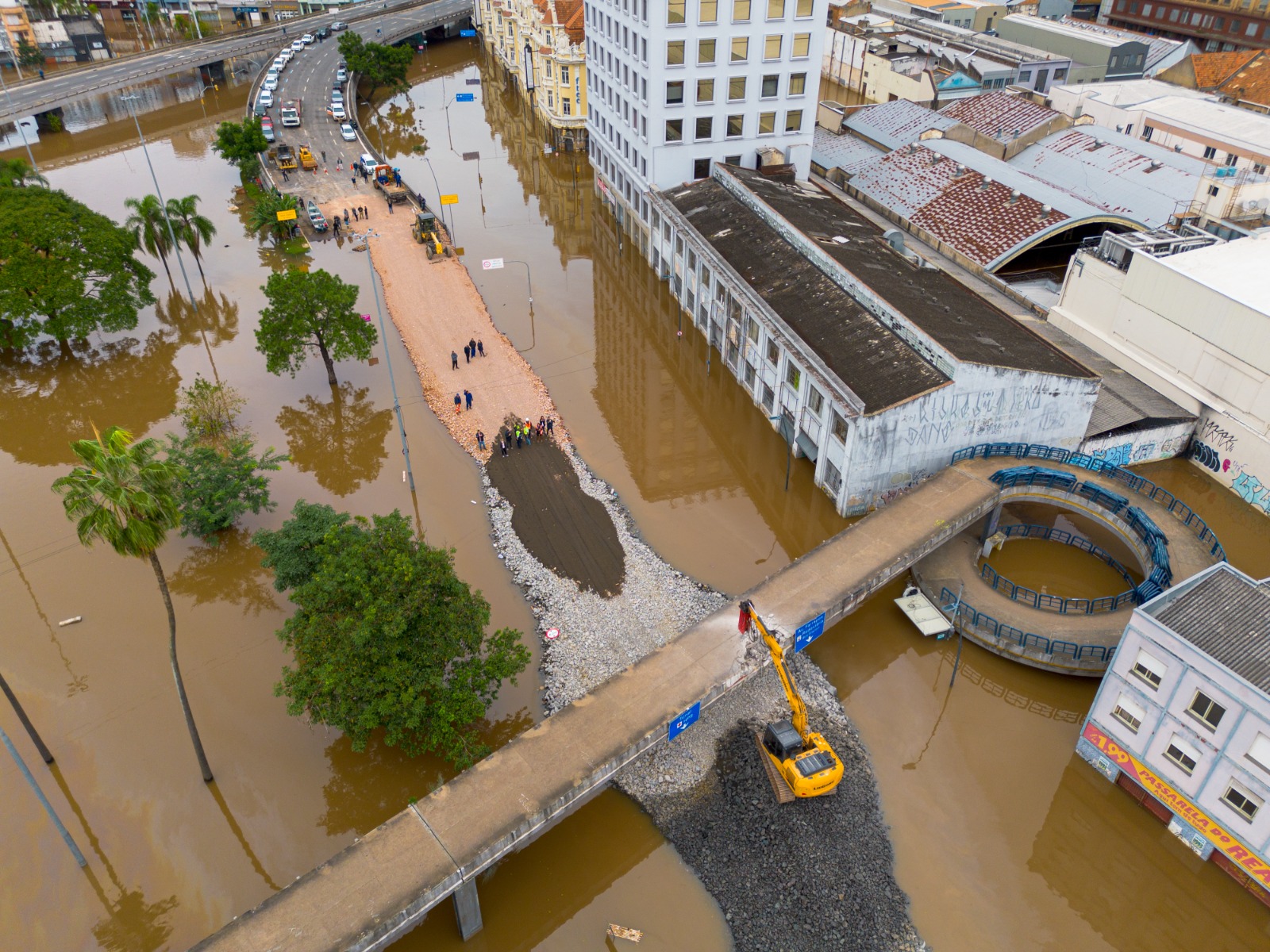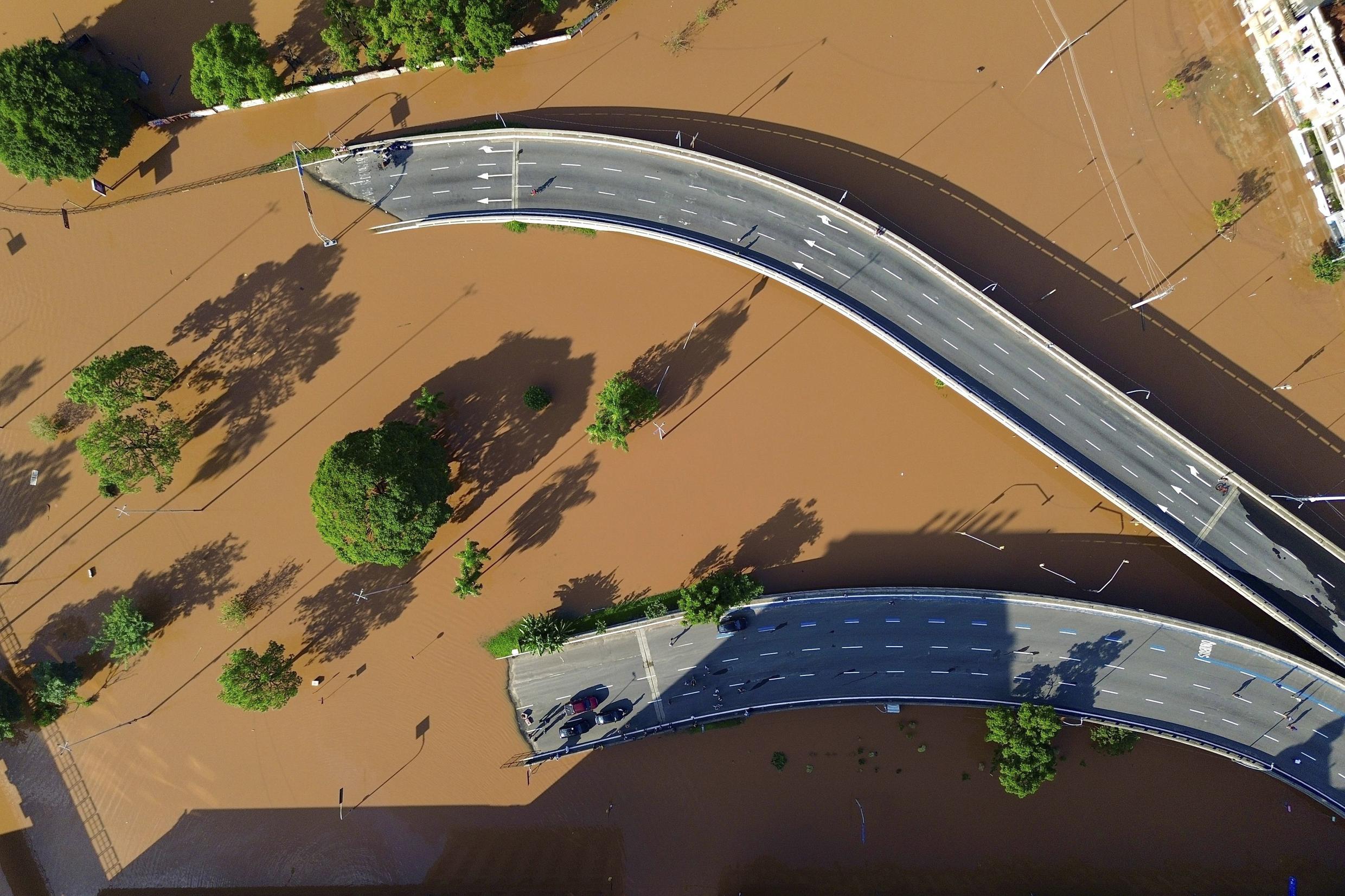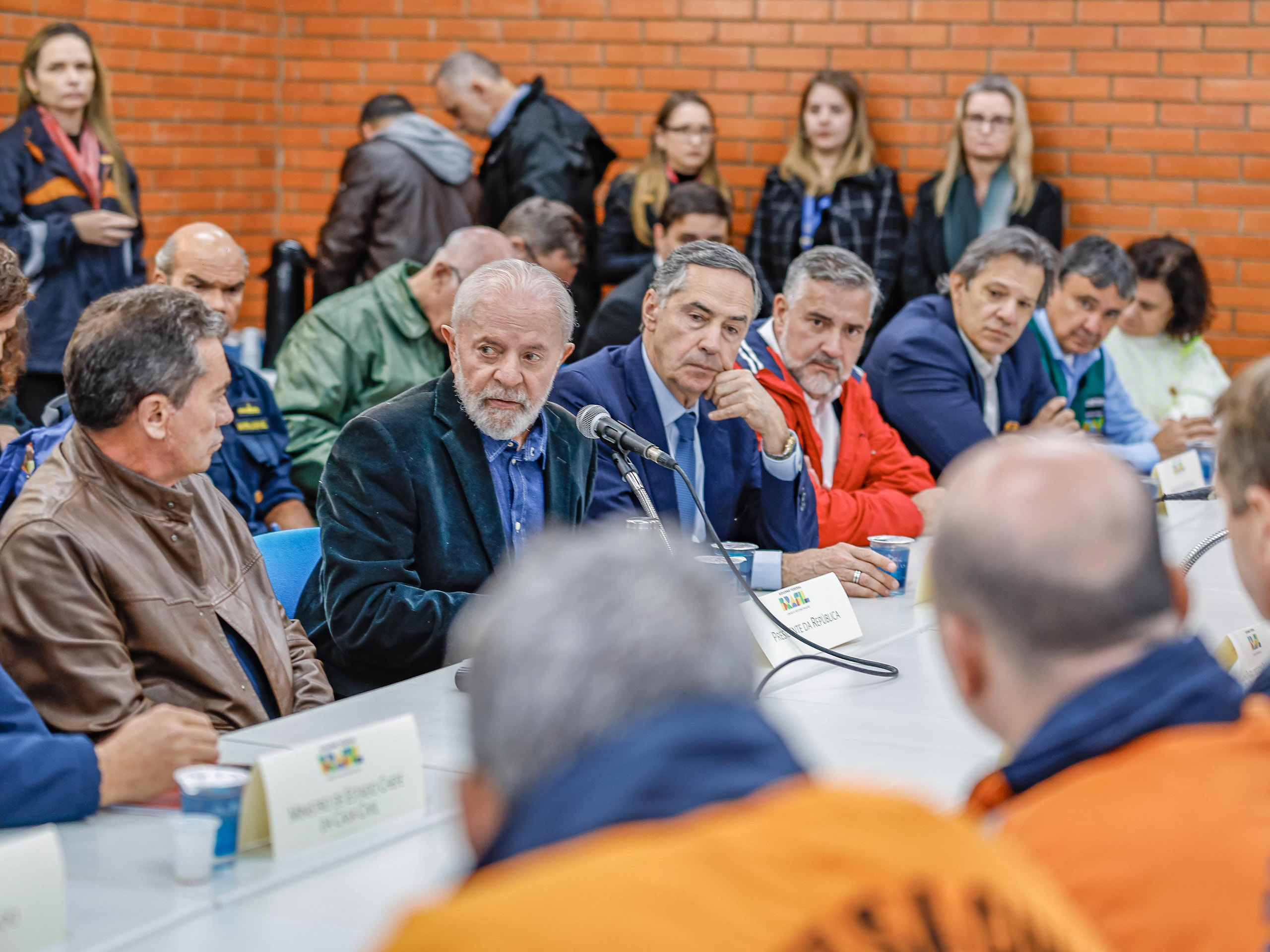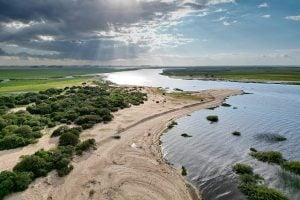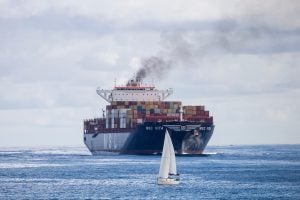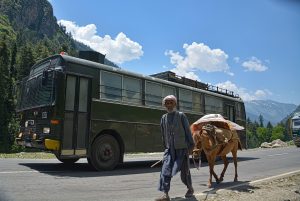Climate change has increased the incidence of extreme weather events around the world. Droughts, floods and heatwaves in places as disparate as Pakistan, Kenya and Chile are becoming impossible to ignore.
This month, extreme weather struck Brazil, with devastating floods in the southernmost state of Rio Grande do Sul. Harrowing pictures show the submerged historical centre of state capital Porto Alegre. Some residents were rescued using small boats and jet skis, while others remained stranded on rooftops as their belongings were swept away.
The damage has crippled vital infrastructure, including bridges, overpasses and the region’s largest international airport. The state government’s initial reconstruction estimate is in the region of BRL 19 billion (USD 3.7 billion), although this figure was extrapolated from a much smaller weather event in 2023, and could be underestimated. A complete picture of the losses will only be possible when the waters recede.
In the immediate aftermath of a crisis, all resources should be concentrated on rescuing and supporting those affected by the tragedy. But as the water slowly subsides, it has become clear that rebuilding the state will require massive effort. In the face of the destruction, state governor Eduardo Leite called for a Rio Grande do Sul “Marshall Plan”, referencing the massive mobilisation of finance and support to rebuild Europe in the aftermath of World War II.
Leite’s strong statement highlights the need for developing countries to pursue bold action to recover from climate-related disasters. The evoking of the plan may serve as a useful heuristic for a collective reconstruction effort, but today, something very different will be required in comparison to 1948. Rebuilding from an extreme weather event necessitates a multi-pronged and holistic response that centres the needs of those affected.
For Brazil and other developing countries, a human-centred response to climate disasters would follow five core measures: tempering intentions towards austerity; mobilising domestic and international affordable financing to support reconstruction efforts; prioritising more extreme-weather-resilient infrastructure; linking reconstruction efforts to development of national green industries; and adapting and strengthening local institutions to enable a mission-oriented response.
The federal government’s immediate response to the crisis is steering in these directions. In the face of outcry from opposition parties and criticism from Brazil’s fiscal hawks, the government must remain steadfast – and go further.
The road ahead for sustainable reconstruction
Since President Luiz Inácio Lula da Silva began his third term, Brazil has emphasised its role in the climate transition in international forums and speeches. Though this discourse has been echoed at times in domestic politics, the government’s climate actions have been inconsistent.
As both an unprecedented tragedy, and a mirroring of the many climate-triggered emergencies happening worldwide, the floods in Rio Grande do Sul require decisive government action. The immediate human costs must be mitigated, then the state rebuilt in a climate-resilient fashion. Here, we propose a roadmap for such a rebuild.
1. Move past austerity
Stepping away from fiscal austerity is the first action a developing country should take in the event of a climate-related tragedy. There has been an overarching post-pandemic trend of countries embracing austerity, despite immense investment needs. The Lula government has made efforts to signal financial prudence, approving a New Fiscal Framework (NAF) in its first year. The framework fixed a primary budgetary surplus goal, which limits the growth of fiscal spending by linking it to fiscal revenue. The government originally promised to reach “fiscal zero” in 2024 and achieve surpluses in the following years, all while relaunching social programmes, promoting wage growth and keeping investment afloat. So far, the government has struggled to meet these ambitious goals.
The current catastrophe may not change this overall commitment but it will certainly demand bold and creative governance. Reconstruction will require extra budgetary funds, and this means removing such costs from yearly fiscal targets; the NAF already includes large-impact disasters in its list of yearly fiscal target exemptions. However, both government and parliament should agree on a long-term interpretation of this provision regarding reconstruction, to safeguard much-needed infrastructure investment. Many developing countries are facing debt distress that jeopardises their ability to launch bold fiscal packages, but Brazil’s current position is sustainable.
With just six years to achieve the UN 2030 Sustainable Development Goals and Brazil’s targets under the Paris Agreement, now is not the time for the country to double down on austerity.
2. Mobilise affordable finance
Secondly, Brazil needs to mobilise affordable finance for reconstruction from national and multilateral development banks. Mobilising resources through existing lines of credit and taking advantage of the Brazilian National Development Bank would be a good start, but more will be needed. Multilateral institutions could add another layer of financing, and the New Development Bank (NDB) of the BRICS bloc is already proving to be an interesting partner. Founded in 2015, it is still finding its footing on the international stage and has an excess of available capital. The NDB – currently headed up by former Brazilian president Dilma Rousseff – just pledged USD 1.115 billion to Rio Grande do Sul’s reconstruction, part of which will be distributed by local banks. Given its green mandate, it is fitting that the NDB is responding to this climate-related disaster and supporting a member state in its sustainable reconstruction.
Other institutions, like the CAF Development Bank of Latin America and the Caribbean, with its large portfolio of infrastructure and resilience projects, will be crucial to supporting Rio Grande do Sul. Within the current scenario of high long-term interest rates, many countries are facing steep borrowing costs in private markets, exceeding their repayment capacity. National and multilateral development banks therefore have a key role to play in ensuring developing countries can recover and build resilience without impairing their debt sustainability.
Efforts are being made in this area. After a federal deputy from Rio Grande do Sul, Fernanda Melchionna, proposed a bill granting extensive federal debt relief to the state, on 17 May, a compromise was reached: Rio Grande do Sul’s debt payments have been suspended for 36 months. This will allow resources to be channelled towards investments, hopefully following the environment ministry’s climate change mitigation and adaptation guidelines, in collaboration with technical bodies and civil society. Additionally, ministries are coordinating to present proposals to the state; the finance ministry has already pledged an initial BRL 50 billion (USD 10 billion) for reconstruction.
3. Plan for the future
Third, it is crucial for the government to adopt a long-term view and build resilience for possible future shocks. The most recent public procurement law allows for federal and local governments to acquire goods and services based on technical aspects, rather than just the cost. As the environment minister Marina Silva recently declared, investments in extreme-weather-vulnerable cities must aim to mitigate the impacts of future events, and any reconstruction should do the same; these goals have been somewhat incorporated into the government’s New Growth Acceleration Programme (Novo PAC), which includes mention of financing “resilient and sustainable cities”.
4. Prioritise green construction
Fourth, as much as possible, countries undertaking reconstruction efforts should prioritise green industry and local production chains. This would foster climate change resilience that can overcome, for example, disruptions in global supply chains.
Brazil has joined global efforts in green industrialisation and its most recent industrial policy aims to cultivate global leadership in green production, including tapping into the country’s potential for green steel and cement. In this sense, a small adjustment in construction procurement guidelines that gives priority to “greener” providers can guarantee demand and generate incentives towards the decarbonisation of basic manufacturing. Such initiatives can contribute to the alignment between natural resource endowments, reindustrialisation goals and sustainability imperatives.
5. Build an institutional legacy
Finally, adequately responding to climate emergencies is, above all, a political challenge. It is worth remembering that the Marshall Plan’s massive fund for reconstructing Europe was matched by efforts in institutional building – for example, the creation of the International Bank for Reconstruction and Development. Accordingly, the reconstruction of Rio Grande do Sul requires a new institutional framework that can serve as an example, not only for reconstruction, but for building resilience to avoid or mitigate the immense costs of climate change.
Following the principles of mission-oriented policymaking, the Brazilian federal government should empower the newly minted Extraordinary Secretariat in Support of the Reconstruction of Rio Grande do Sul to coordinate not just local government bodies, but also the efforts of various ministries. This will prevent bureaucratic isolationism.
Moreover, the creation of a dedicated council on reconstruction and climate resilience, composed of representatives from civil society, local governments, business groups and multilateral development banks, could enable the oversight and streamlining of the secretariat’s work. Such a council might initially focus on Rio Grande do Sul, then serve as a framework to guide future emergency responses – and as a model for administrations domestically and globally.
It is our hope that the response to this climate disaster can be something that positively shapes the future of not only Porto Alegre, but other cities and institutions for decades to come.
Although the circumstances are now dire, no one should bet against Porto Alegre. The state capital is known for pioneering innovative modes of governance: in 1989, this southern city dared to invent participatory budgeting. The innovation achieved international influence and became a beacon of hope for a more democratic future during the heyday of neoliberalism, when policy alternatives were narrowing. Today, Porto Alegre can once again show that another world is possible.
